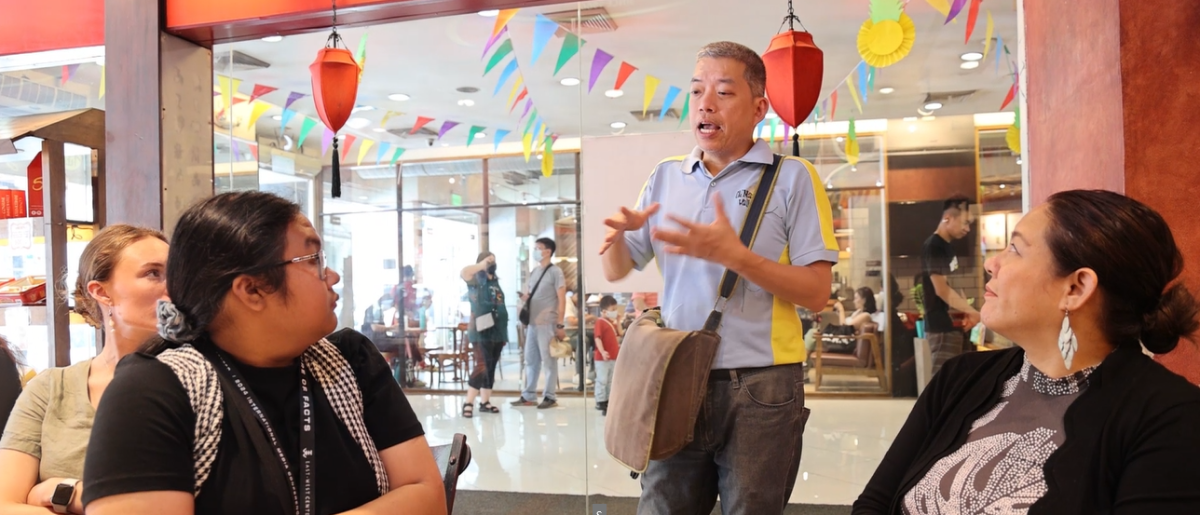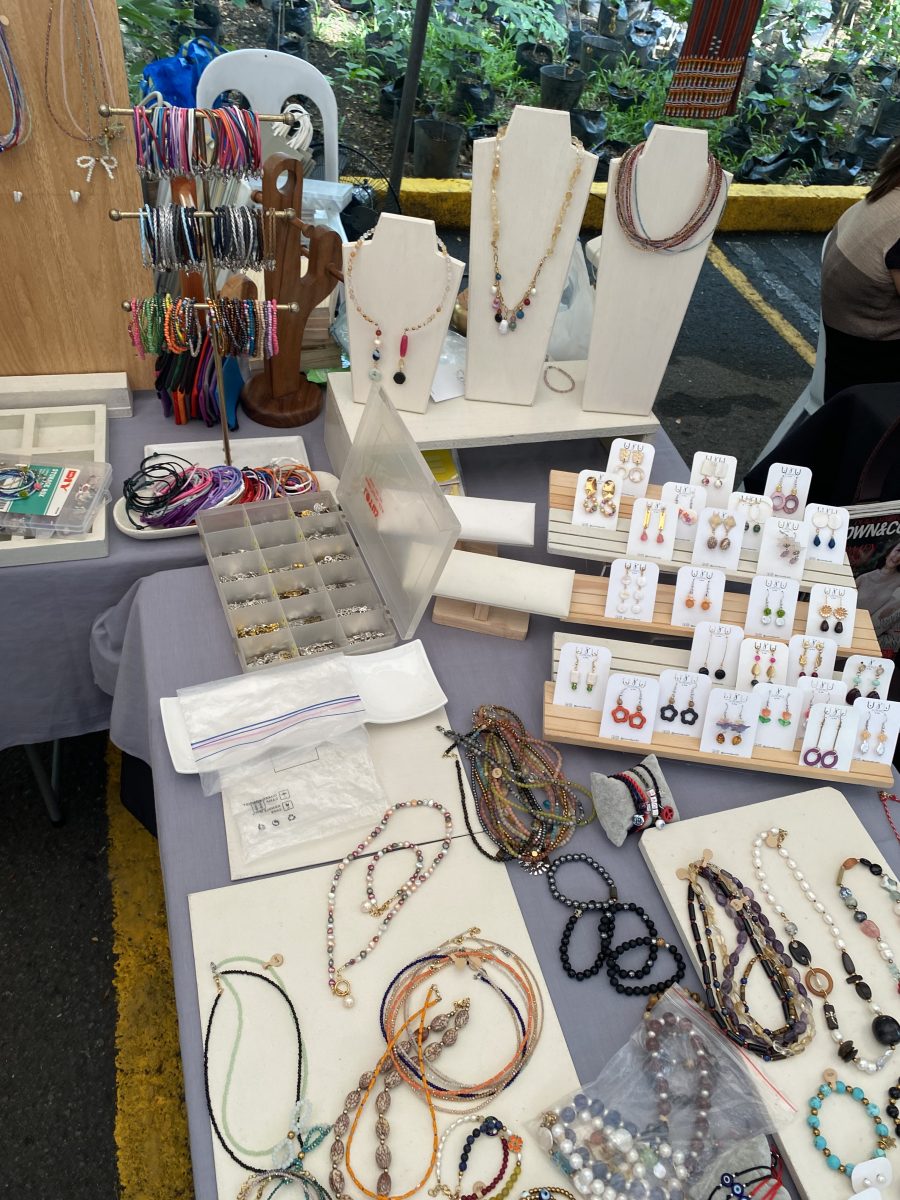Binondo in Manila, Philippines, is recognized as the world’s oldest Chinatown, having been around for about 430 years. Today, it’s home to thriving businesses, historic sites, and heritage cuisine.
Manoa Mirror took a walking food tour with Ivan Man Dy, founder of Old Manila Walks, which has been offering educational tours of Manila’s historic neighborhoods since 2005, including Intramuros, Binondo, San Miguel, and Quiapo, among others.
“These tours keep Manila’s history alive while offering a deeper understanding of our past,” Dy said.
Derived from the Filipino word “binundok” (meaning “mountainous”), Binondo was established in 1594 as a permanent settlement for Chinese-Catholic immigrants. Many settled here to lay down roots and establish some of today’s most popular businesses.
“It’s nice being Chinese Filipino as we are the descendants of those Chinese immigrants who came here long ago. So the food we basically have are Chinese Filipino tokens and they tell you the story of this particular immigrant común that played a very pivotal role,” Dy said.
The tour showcased food businesses that have been around for at least 60 years, first stopping at Polland, renowned for its fresh lumpia, and then at Sincerity, where attendees enjoyed traditional comfort dishes like oyster omelet, Lola’s chicken, and meat roll, accompanied by oolong tea and atchara, pickled carrots and radish.
Next, the group visited Quik Snack for popular dishes like Xiduoduo (white fungus soup) and sweeter-than-usual Chinese empanadas, alongside Filipino favorites like pancit and sweet sticky rice cake.
The last stop was at Eng Bee Tin Chinese Deli, famous for traditional delicacies such as hopia, tikoy, and glutinous peanut balls. Eng Bee Tin has been a pioneer in hopia innovations, introducing favorites like Hopia Ube, Hopia Combi, Mochipia, Hopia Custard, and a variety of other flavors.
The food tour not only attracts tourists from around the world but also engages local Filipinos in their own history, transforming Chinatown into a vibrant urban neighborhood destination unlike any other in the city.
“For many, Chinatown was merely a shopping district, but our tours have shown it to be a place where you can experience the city’s rich history and community,” Dy said.
Arlene Del Rosario and her family, visiting from San Francisco, explored the neighborhood for the first time, eager to learn about its history through its diverse cuisine.
“We were able to learn a lot about Chinatown while we’re eating and I think these tours can help tourists like myself get out of their hotels and venture into the culture,” Rosario said.
Dy believes these immersive tours show Manila is much more than its reputation of political dynasties and gridlock.
“When visitors come to Manila, they gain a deeper understanding and experience our city’s diverse community in ways they couldn’t just from reading,” Dy said.





















